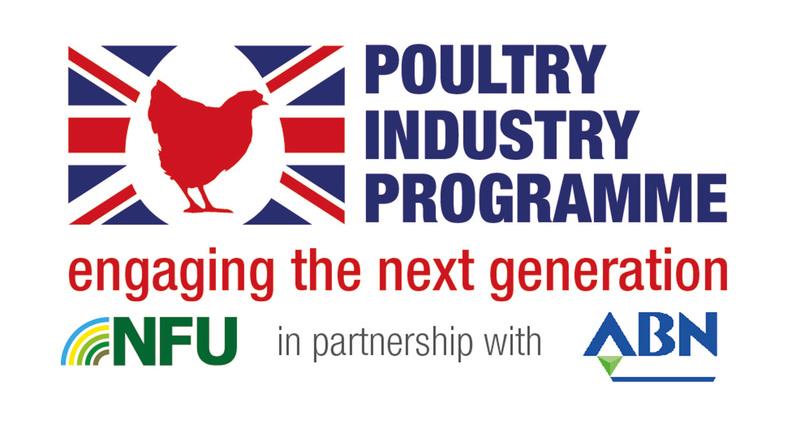The day started early with a visit to the P.D. Hook Hatchery, kindly organised by fellow PIP (Poultry Industry Programme) participant Rosie Finney who, alongside George Cowper, created a vlog summarising the rewarding two-day experience.
As a contract farmer myself with Hook2Sisters, our chicks are delivered from the P.D. Hook hatcheries, so it was of particular interest to finally see the first part of the cycle before they are delivered to our farms.
Following the hatchery process from egg to chick
It’s an impressively well-run operation where the team hatch 1.3 million eggs a week to supply to farms in the area. Our tour started after donning various items of PPE, with biosecurity understandably one of the top priorities for the site.
We then moved into the egg room where between half a million to a million eggs can be stored. The eggs are moved into different rooms where the temperature is gradually increased to prevent condensation build up which could breed bacteria.
The eggs are then moved into the setters where they are stored at 37°C and turned every 45 minutes to mimic the natural incubation process. Once hatched, they will be graded by hand and counted, before being spray vaccinated and then ready for dispatch.
Diving into feed milling
After a short drive from the hatchery, our next stop was the ABN feed mill at Flixborough.
We first heard from ABN’s General Manager Daniel Johnson, who gave us a quick introduction and overview of ABN and its parent company ABF, who have 133,000 employees across 53 countries. We were then given presentations by Chris Pacey, production manager at the mill and Tess Seymour, commercial manager at ABN.
The scale of this site was impressive, with 277,000 tonnes of broiler feed produced last year. The plant operates 24 hours, six days a week with Saturday to Sunday evening being the site’s only shut down time. We visited the mill producing feed for broiler birds, but ABN produce feed for both pigs and poultry as well.
Following the presentations, we were given a tour of the mill where we walked by the five eye-wateringly large raw material bins that can each store 300 tonnes. Once inside, we climbed each floor to see how the raw feed is processed and heated to form the feed that will go out to farms, with most of those farms being within a 35-mile radius.
We finished the visit with a presentation by Brian Kenyon, senior poultry nutritionist at ABN. He touched on interesting topics such as ‘what will influence a broiler chickens’ diet in the next five years’, ‘how the broiler bird has changed’, and ‘how the industry can reduce the use of soya over the coming years’.
Gaining insight into a major processing plant
Our final visit of the day was to the 2Sisters Food Group processing site in Scunthorpe, formerly a steel works. We were greeted by agriculture manager Andrew Gibson who I had the pleasure of meeting for the first time three weeks prior to our visit due to an audit on our farm!
We were introduced to Dan Whillock who gave us an insight into 2Sisters Food Group as a whole, before giving us a tour. The Scunthorpe site is one of the largest in the UK, with 1,600 employees processing 1.3 million birds a week, across 18 acres.
They also boast to be the only site with robotic steel modules that unload from the back of a lorry on something similar to a conveyor belt which ensures optimum welfare for the birds, resulting in a smoother process from farm to slaughter.
It was a privilege to have been invited to visit the three businesses which made up the broiler exploration day and on behalf of the group I would like to thank everyone involved for giving their valuable time to us all and wish them all continued success.



